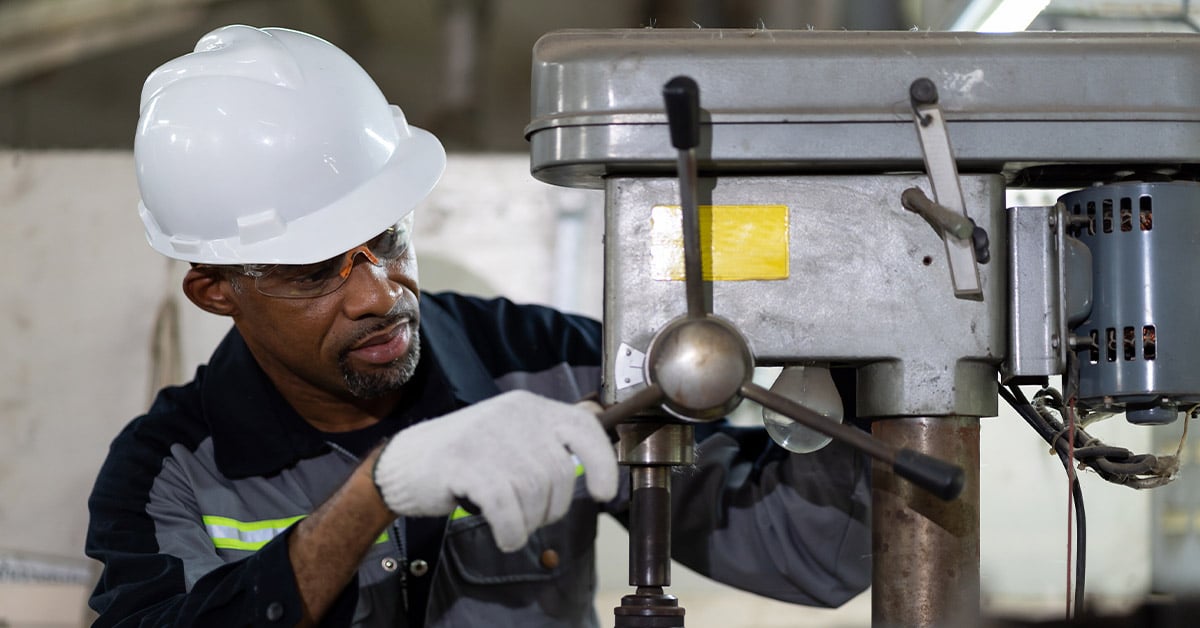Introduction
Every aspect of our lives depends on Maintenance. From keeping our homes safe to ensuring that businesses run without interruptions, maintenance is the foundation of reliability. Without proper care, equipment fails, buildings deteriorate, and costs skyrocket. In simple terms, Maintenance is the act of keeping assets, systems, or environments in working order.
This article explores Maintenance in detail: its meaning, importance, different types, strategies, challenges, and the role it plays in our daily lives and industries.
What Is Maintenance?
Maintenance refers to the activities carried out to preserve or restore functionality. It can involve inspection, cleaning, repairing, servicing, and upgrading. The goal is to ensure that assets—from machines and vehicles to IT systems and even health—continue to function as intended.
For example, car servicing is a form of Maintenance, just like updating software or checking your home’s electrical system. The idea is always the same: prevent problems before they grow into costly failures.
Importance of Maintenance
Why is Maintenance so crucial?
- Safety – Regular inspections prevent accidents.
- Cost savings – Small repairs cost far less than major overhauls.
- Efficiency – Well-maintained systems perform better.
- Longevity – Proper upkeep extends asset life.
- Compliance – Many industries require Maintenance for legal and safety reasons.
Think of Maintenance as an investment. A few hours of preventive care can save thousands in emergency repairs later.
Types of Maintenance
There are several approaches to Maintenance, each suited to specific needs.
1. Preventive Maintenance
Scheduled in advance to avoid future problems.
- Example: Changing air filters every season.
- Benefit: Stops issues before they happen.
2. Corrective Maintenance
Performed when something breaks down.
- Example: Fixing a leaking roof.
- Benefit: Restores function quickly.
3. Predictive Maintenance
Uses data and sensors to predict failures.
- Example: Machines that alert operators before parts wear out.
- Benefit: Reduces downtime and cost.
4. Condition-Based Maintenance
Triggered by monitoring asset performance.
- Example: Replacing equipment when vibration levels rise.
- Benefit: Efficient use of resources.
5. Emergency Maintenance
Done during sudden breakdowns.
- Example: Repairing a power outage.
- Risk: Expensive and disruptive.
Maintenance in Different Fields
Industrial Maintenance
Factories rely on Maintenance to keep machines safe and efficient. Lubrication, inspections, and part replacements reduce costly production delays.
Vehicle Maintenance
Cars, trucks, and aircraft require routine Maintenance like oil changes, brake servicing, and tire checks to stay roadworthy and safe.
Home Maintenance
Homeowners perform Maintenance such as plumbing repairs, roof checks, and seasonal cleaning to avoid damage and maintain property value.
IT & Software Maintenance
Digital systems need continuous Maintenance in the form of updates, bug fixes, and patches. This prevents cyber threats and downtime.
Healthcare Maintenance
Hospitals perform strict Maintenance on medical equipment to ensure patient safety and compliance with health regulations.
Key Steps in a Maintenance Plan
A good Maintenance strategy includes:
- Inspection – Check systems regularly.
- Scheduling – Plan routine upkeep.
- Execution – Carry out necessary tasks.
- Documentation – Record work done.
- Review – Update the plan based on results.
Without organization, even the best Maintenance ideas fail.
Benefits of Proper Maintenance
When Maintenance is done consistently, the benefits are clear:
- Lower costs – Avoids major repairs.
- Higher productivity – Machines and people work without interruptions.
- Energy efficiency – Maintained systems consume less power.
- Safety – Reduced risk of accidents.
- Reliability – Trust that systems will work when needed.
Challenges of Maintenance
Despite its benefits, Maintenance faces obstacles:
- Costs – Initial investment can be high.
- Downtime – Scheduling upkeep may interrupt operations.
- Skill shortages – Specialized training is often required.
- Unexpected breakdowns – Not all failures can be predicted.
- Technology demands – Advanced predictive systems require upgrades.
Organizations that fail to plan for these challenges often overspend in the long run.
The Future of Maintenance
The future of Maintenance is becoming digital. With smart sensors, artificial intelligence, and the Internet of Things (IoT), assets can “tell” operators when they need servicing. Predictive analytics, robotics, and automated reporting will make Maintenance more accurate and cost-effective.
This shift means fewer emergency repairs, longer asset lifespans, and safer environments.
Real-Life Examples of Maintenance
- Airlines – Planes undergo rigorous Maintenance before every flight.
- IT Firms – Servers are updated and monitored to prevent hacking.
- Hospitals – Equipment like ventilators are maintained regularly.
- Homeowners – Gutter cleaning and roof inspections reduce damage.
These examples show that Maintenance touches nearly every part of life.
FAQs on Maintenance
1. What is the main goal of Maintenance?
To ensure safety, efficiency, and reliability of assets.
2. How often should Maintenance be done?
It depends—cars may need service every few months, while IT systems may need weekly updates.
3. Why is predictive Maintenance popular?
Because it saves money, reduces downtime, and prevents unexpected failures.
4. Is Maintenance only for machines?
No. Maintenance applies to homes, vehicles, health, IT systems, and industries.
5. What tools are used in Maintenance?
Checklists, monitoring sensors, CMMS software, and inspection schedules.
Conclusion
Maintenance is not just about fixing things when they break—it’s about creating a system of care, prevention, and improvement. From industries to homes, vehicles to IT systems, Maintenance ensures safety, efficiency, and long-term value.
By investing in preventive, predictive, and condition-based approaches, we can reduce costs, extend asset life, and enjoy peace of mind. against In short, Maintenance is not a burden—it’s a smart and necessary investment in the future.



